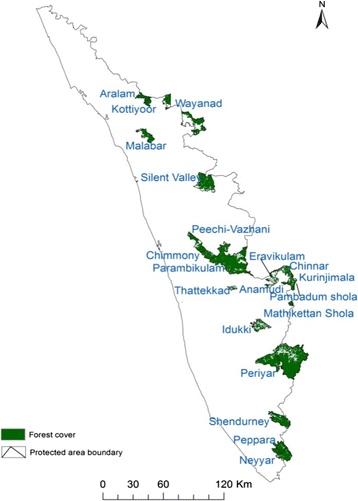Biodiversity & Environment
Early Migration of Butterflies
- 02 Sep 2020
- 4 min read
Why in News
The annual migration of butterflies from the hill ranges of the Eastern Ghats towards the Western Ghats has been observed earlier in 2020, being witnessed in the months of July and August.
- Usually, these butterflies breed during the southwest monsoon season on the eastern areas of South India and their progeny migrate back to the western ghats in October- November.
Key Points
- Early Migration:
- The migration started early after a gap of eight years.
- The Eastern Ghats complex of the Yercaud hills (Shevaroy hills), Pachamalai, Kolli hills, Kalvarayan are major originating places for the migrating species.
- The movement was observed towards the western ghats hill ranges, Nilgiris, the Anamalai Tiger Reserve, and Palani hills in Tamil Nadu and Parambikulam Tiger Reserve in Kerala.
- Four species of milkweed butterflies belonging to the Danainae subfamily are mainly involved in the migration — the Dark Blue Tiger, Blue Tiger, Common Crow and the Double-branded (commonly known as tigers and crows).
- Possible Reasons for Early Migration: Change in rainfall pattern, a considerable increase in the number of sunny days and a population outburst of butterflies.
- Project to Study Migration:
- The Ferns Nature Conservation Society (FNCS) initiated a citizen science project in 2018 to study the migration ecology of milkweed butterflies in south India, with the support of the Forest and Wildlife Department.
Butterflies
- Butterflies are insects from the order Lepidoptera of phylum Arthropoda which also includes moths.
- Adult butterflies have large, often brightly coloured wings, and conspicuous, fluttering flight.
- Significance:
- Rich Biodiversity: Abundance of butterflies in any area represents the rich biodiversity.
- Indicator Species: The butterfly acts as an indicator species.
- An indicator species provides information on the overall condition of the ecosystem and of other species in that ecosystem. They reflect the quality and changes in environmental conditions as well as aspects of community composition.
- Pollinator: It acts as a pollinator by helping in pollination and conserving several species of plants.
- Parambikulam Tiger Reserve is a well protected ecological portion in the Nelliampathy - Anamalai landscape of the Southern Western Ghats in India.
- It is located in the Palakkad District of Kerala.
- It was declared as Tiger Reserve during 2008-09.
- The reserve is credited with the first scientifically managed teak plantation in the world which was later merged with the forest land.
- It has the world's largest and oldest teak tree. Named "Kannimara" (corrupt version of Irish name Connemara), the tree is believed to be 350 years old and has a height of 40m and girth of 6.4m.
- Fauna includes Tigers, Grey-headed Fishing Eagle, the Peninsular Bay Owl, the Nilgiri Wood Pigeon, the Black-capped Kingfisher, the Great Black Woodpecker and the Lesser Grey-headed Fish Eagle.







